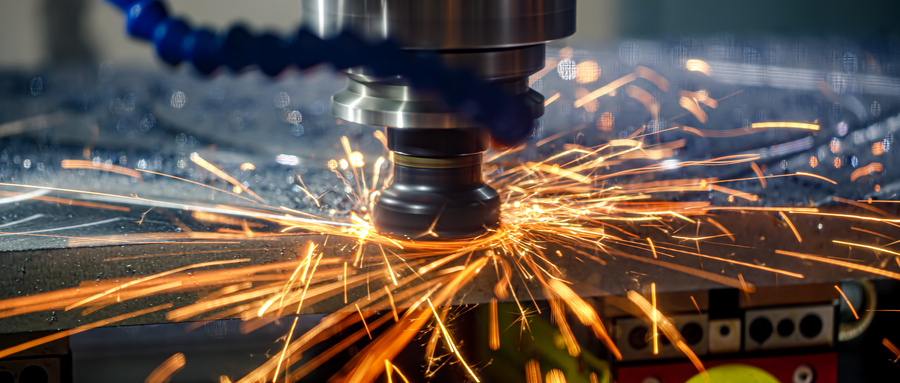Although the performance of 304 stainless steel is already excellent, 316 and 316L stainless steel show better corrosion resistance and have better corrosion resistance at high temperatures. They also cannot be hardened by heat treatment and can be easily formed and stretched.
In the annealing process, 316 and 316L stainless steel need to be heated to 1038-1149°C before rapid quenching.
316 stainless steel is an austenitic chromium-nickel stainless steel containing 2%-3% molybdenum. The molybdenum content can enhance corrosion resistance, improve pitting corrosion in chloride ion solutions, and improve material strength at high temperatures. Particularly effective in acidic environments, this stainless steel effectively protects against corrosion caused by sulfuric, hydrochloric, acetic, formic and tartaric acids, as well as acid sulfates and alkaline chlorides.
Common uses of 316 stainless steel include exhaust manifolds, furnace components, heat ex-changers, jet engine components, pharmaceutical and photographic equipment, valves and spring components, chemical processing equipment, tanks, evaporators, and pulp, paper and textile processing equipment and any exposure Parts suitable for marine environments.

316L stainless steel is an ultra-low carbon version of 316 stainless steel. The lower carbon content in 316L stainless steel can reduce harmful carbide precipitation due to welding. Therefore, to ensure maximum corrosion resistance, 316L stainless steel is often used for welding.
316 and 316L stainless steel components:
Elements | 316(%) | 316L(%) |
C | 0.08max | 0.03max |
Mn | 2.00max | 2.00max |
P | 0.045max | 0.045max |
S | 0.03max | 0.03max |
Si | 0.75max | 0.75max |
Cr | 16-18 | 16-18 |
Ni | 10-14 | 10-14 |
Mo | 2-3 | 2-3 |
N | 0.1max | 0.1max |
Fe | balance | balance |
